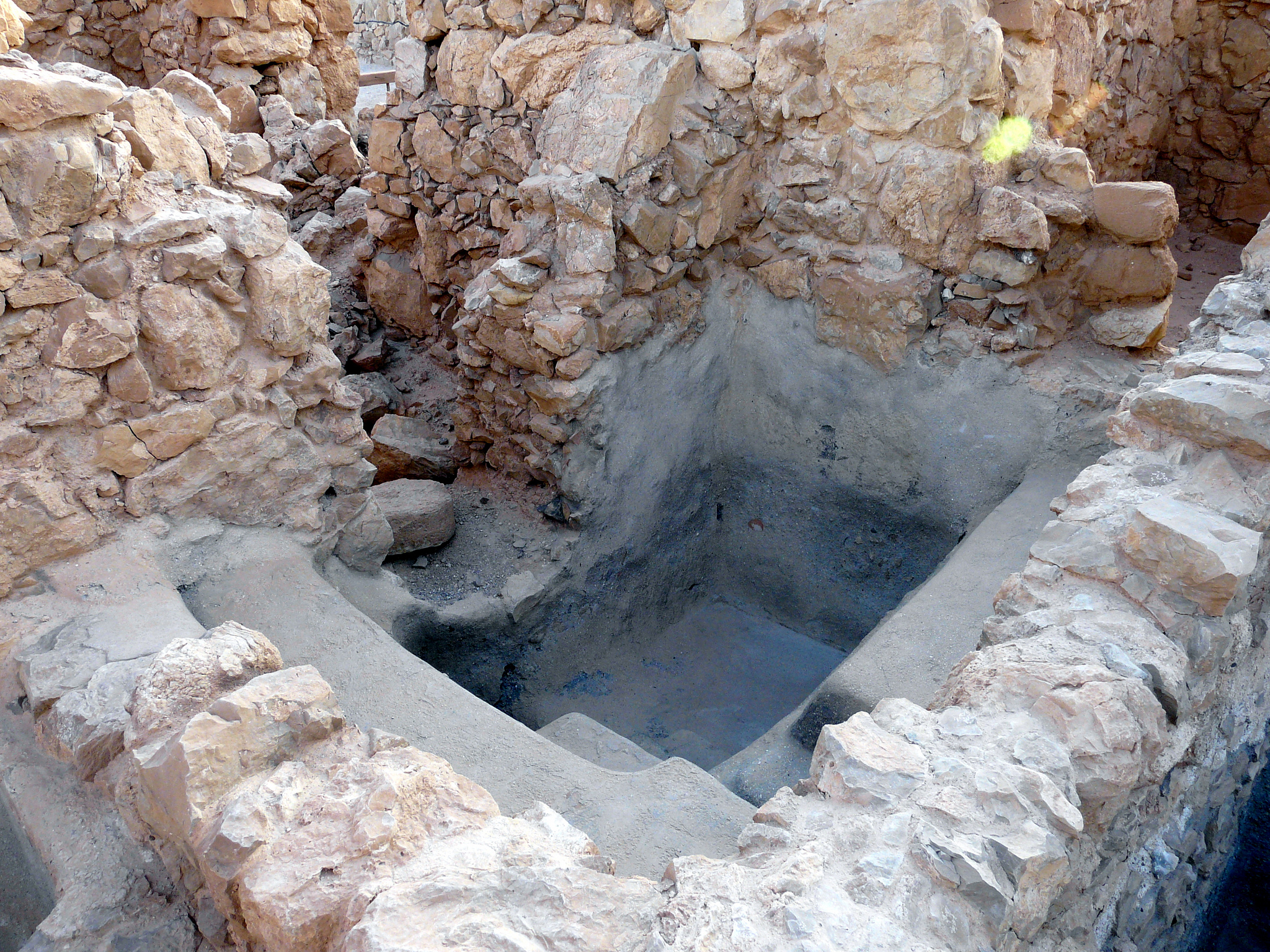Perhaps you’ve heard of mikveh: something you know your mother or grandmother does once a month. Maybe she’s even spoken to you about it: after menstruation, she heads to the local synagogue, and immerses. Or maybe you know someone who converted to Judaism and went to the mikveh as a final step.
If so, they’re carrying on a Jewish ritual that is over two thousand years old. But what is it?
The History
After the destruction of the temple, mikveh was traditionally a place where Jews would go and bathe in ‘living waters.’ It is a relatively brief ceremony for things like making dishes kosher, converting, after menstruation, and before marriage.
The process of immersing involves showering and cleaning the body, entering the pool naked, dunking under the water, and saying some prayers.
But the process and rituals have come a long, long ways since the times of the temple. Firstly, though you can make any ‘living’ body of water a mikveh (think river or ocean, even an outdoor swimming pool), most indoor mikvehs collect rain water, filter and treat it with chlorine and tap water, and heat the water before you enter (think luxury spa).
And the technology is not the only aspect of mikveh that has been brought into the 21st century. While traditional framings may have discussed mikveh to ‘purify’ the body, many modern users are pushing back against that, saying the body is already pure, menstruation and all. Some are even saying that the interpretation of ‘purity’ was incorrect from the start, and that what makes bodies perfect is their imperfection. Not their purity.
Modern Mikveh
So, what does a modern mikveh ritual look like? And why is it important? I spoke to Mac Freudenrich, 22, about their experience as a mikveh attendant. Mac began looking at mikveh during their conversion process, to fully join the Jewish community, but was quickly drawn into the feminine and feminist aspects of the practice.
“Anything that involves the human body and accepting it for all of its urges and failings and the beautiful things about it that make it imperfect, then putting in a religious context is inherently feminist,” Mac explained.
During their time as a mikvah attendant, a person who supervises the ceremony and offers support when needed, Mac oversaw people using mikvah for conversions, healing from abuse, niddah, and other ceremonies.
The ceremony
The process of bathing in the mikveh is twofold: the first is preparing the body and the second is bathing. Preparing the body takes seven steps, symbolic of the seven steps down into the physical pool.
The ceremony itself first requires walking into the waters. Normally, a person is expected to be fully naked (including makeup and nail polish) to allow the living waters to touch every part of the body.
Once in the water, say the first of three prayers. Some whisper them, some say them, and some sing them. Do your thing! Whatever feels right in the moment is the right way to go.
After the first prayer, take a deep breath, and dive under the water. Lift your feet off the ground, exhale out of your mouth and nose, and make sure all of your hair is submerged. Stay down for a few seconds then come back up
Recite the second prayer, dunk, and repeat with the final prayer.
Then, depending on the mikveh or how much time you have booked, take some time to pray. This is your space. Some folks will say additional prayers, some sing, some cry. This time is meant for you to feel connected to your body, a higher power, or whatever is on your mind.
Each ceremony is different. Some are about life cycle events, like becoming a bat mitzvah, niddah (or menstruation), or a birthday. But, outside of those events, there are some really important ceremonies.
Mayyim Hayyim
Many progressive ceremonies were created by Mayyim Hayyim, a mikveh in Boston, Massachusetts. Mayyim Hayyim’s goal is to be a 21st century creation, a mikveh rooted in ancient tradition reinvented to serve the Jewish community of today. One honors the process of coming out. A line from that ceremony reads, “Here I stand, no longer alone, on my way to becoming fully unafraid.” It focuses on celebrating the divine spark that resides in each person.
Another is for marking a gender transition milestone and blesses the body for being created exactly the way it was supposed to be, matching the inside and the outside. A line from the gender transition ceremony says, “We are many identifies and loves, many genders and none. May this in-between light illuminate our way to God.”
And there are ceremonies for healing. One, healing after abuse, focuses on renewing one’s body in the living waters, seeking strength and comfort in one’s body. The closing prayer reads, “May I be released from the pain of the past as I enter this new phase of my journey.”
There is also a ceremony for choosing an abortion; “As I leave these waters, may I be filled with renewal, energy, power, and direction.”
Rachel Silverman, an attendee of Mayyim Hayyim, struggled to find the right ceremony for her, but eventually settled on two: one for healing from abuse blended with one for coming out. She wrote, “Like my recovery from trauma, coming out is not a static process; I will always have to work through internalized homophobia, and will slowly become more comfortable with sharing bits of myself. I don’t need a big ‘coming out’ post to be a valid queer person. As the waters constantly churn, I will constantly be in a state of improving and growing.”
Mikveh has become what you need it to be. It’s what you make of it. “It doesn’t expect us to be anything other than what we are,” concludes Mac. “Mikveh meets us where we’re at. It doesn’t expect anything else of us than to be exactly who we are.”
Header Image: Mikveh at Masada by Bradley Howard on Flickr



